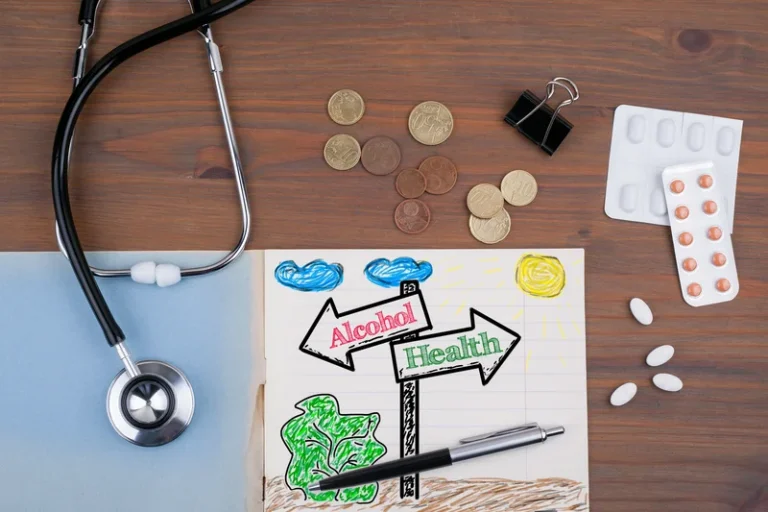
Cirrhosis of the liver can’t be reversed, but it is possible to slow or stop its progression. If you have risk factors for cirrhosis of the liver, it’s important to see a healthcare provider regularly so the condition can be diagnosed early. Early diagnosis, treatment, and management can prolong your life for many years.
What are possible complications of alcohol-associated liver disease?
- Understanding of the detailed pathogenesis of ALD is quite incomplete to date [49,50].
- Additionally, the supplementation of nutritional substances helps to protect liver toxicity.
- The disease is most common in people between 40 and 50 years of age.
- Patients with the alcohol-use disorder and HCV infection later go on to decompensated liver disease at a younger age, and this has a poorer overall survival [44,45].
Recently, new biomarkers are developed that can non-invasively estimate the degree of alcohol intake and alcohol-induced liver damage. A summary of the recently investigated biomarkers is given in Table 2. As a sequela of the injurious processes overlapping secondary to alcohol abuse and HCV infection, the patients may develop an increased liver iron burden and, rarely, porphyria cutanea tarda [46,47]. In addition to these sequelae, alcohol intake in HCV-infected patients with cirrhosis increases the risk for the development of carcinoma of the liver [48].
What are the risk factors for alcohol-associated liver disease?

Many transplant centers utilize the Psychosocial Assessment of Candidacy for Transplantation scale to evaluate patients to stratify patients to low, intermediate and high risk for recidivism (34). Patients at high risk for recidivism are particularly advised to go through therapy for alcoholism prior to LT (158). Patients waiting on the transplant list should be monitored for alcohol consumption at every clinic visit, as about 17–30% of these patients may relapse to alcohol use ( 159,160 ). This article explores the early signs and symptoms of https://ecosoberhouse.com/, its stages, causes, risk factors, treatments, and prevention.
- The risk of malignancy may be also related to dose and type of immunosuppression.
- For example, one recent study showed that presence of severe fibrosis, megamitochondria, degree of neutrophil infiltration, and cholestasis could predict prognosis in patients with AH (60).
- Patients with alcoholic cirrhosis should undergo screening with ultrasound examination with or without α-fetoprotein testing every 6 months for HCC (51).
- Over time, the liver of a person who drinks heavily can become damaged and cause alcoholic liver disease.
- If you notice early signs of alcohol-related liver disease, be sure to follow up with your doctor.
Management of liver disease
- Patients with alcoholic cirrhosis should be screened for varices with upper gastrointestinal endoscopy (50 ).
- The main events in liver fibrogenesis include activation of stellate cells and production of collagen.
- Having hepatitis C or other liver diseases with heavy alcohol use can rapidly increase the development of cirrhosis.
- An addiction specialist could help individualize and enhance the support required for abstinence.
Further, 1-year survival of 77% as reported in the prospective study is inferior to historic survival of over 90% after LT for alcoholic cirrhosis, with majority of deaths being due to invasive fungal infections (145,186). Patients with severe AH are prone to fungal infections, especially those who are non-responders to corticosteroids (105,193). It is important to assess the nutritional status of ALD patients as malnutrition is often present in these patients (see section on nutritional supplementation for details).
Living With Cirrhosis of the Liver

More information and support for people with alcoholic liver disease and their families can be found by joining support groups for alcoholism or liver disease. The life expectancy of a person with alcoholic liver disease reduces dramatically as the condition progresses. Typically, only people who can show at least 6 months of abstinence from alcohol before the procedure will be suitable candidates for a transplant.


The signs and symptoms of ALD can vary significantly depending on the severity of liver damage. Patients with alcohol-related fatty liver disease, for example, usually do not have any symptoms. Typically, patients alcoholic liver disease with fatty liver are asymptomatic or present with nonspecific symptoms that do not suggest acute liver disease. Supporting features on physical examination include an enlarged and smooth, but rarely tender liver.
